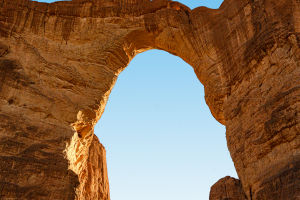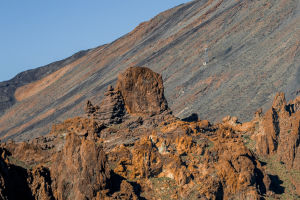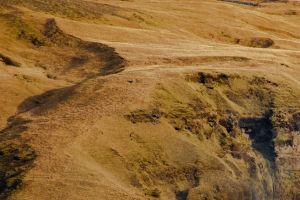Aerial photography is a wonderful way to capture the beauty and essence of an island from a bird's eye view. Whether you are an experienced photographer or just starting, aerial photography can be a rewarding and exciting experience.
1. Choose the right equipment
Choosing the right equipment is crucial for aerial photography. You will need a high-quality camera that can capture high-resolution images from a distance. A camera with a high megapixel count and a good zoom lens is recommended.
In addition, you will need a stable platform to mount your camera on, such as a drone or helicopter. Make sure you invest in a good quality drone or helicopter that can withstand the rigors of aerial photography.
2. Plan your flight path
Before you take off, plan your flight path carefully. Study maps of the island and identify key points of interest that you want to capture. This will help you to maximize your time in the air and ensure that you capture the most compelling shots. In addition, you will need to take into account the weather conditions and time of day, as this can affect the lighting and overall quality of your photographs.
3. Use the right settings
Aerial photography can be challenging, as you will need to adjust your camera settings to compensate for the movement of your platform. Use a fast shutter speed to reduce motion blur, and set your ISO to the lowest possible setting to reduce noise.
If you are shooting in bright sunlight, use a high aperture to reduce the amount of light that enters the camera. Finally, shoot in RAW format to capture the most detail and color information possible.
4. Experiment with angles and perspectives
Aerial photography provides a unique perspective that is not possible from the ground. Experiment with different angles and perspectives to capture the island from a fresh and interesting perspective. Try shooting straight down, or at an angle to create a sense of depth and dimensionality.
5. Look for interesting patterns and textures
Islands are full of interesting patterns and textures that can make for compelling photographs. Look for natural formations such as coral reefs, dunes, and rock formations, and capture them from above to highlight their unique shapes and colors.
6. Pay attention to the light
Light is one of the most important aspects of photography, and this is especially true for aerial photography. The quality and direction of the light can dramatically affect the mood and tone of your photographs. Pay attention to the position of the sun, and use the natural shadows and highlights to your advantage.
7. Edit your photographs
Once you have captured your aerial photographs, it is time to edit them. Use editing software such as Adobe Photoshop or Lightroom to adjust the brightness, contrast, and color of your photographs. You may also want to crop your photographs to highlight specific areas of interest.
In conclusion, aerial photography of an island can be a truly magical experience. By choosing the right equipment, planning your flight path, and experimenting with different angles and perspectives, you can capture stunning photographs that showcase the beauty and essence of the island.
Remember to pay attention to the light, look for interesting patterns and textures, and edit your photographs to bring out their full potential. With a little practice and patience, you can create aerial photographs that are truly breathtaking.


